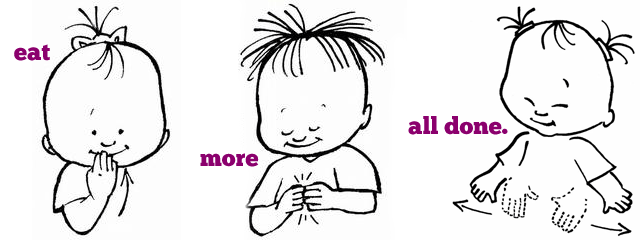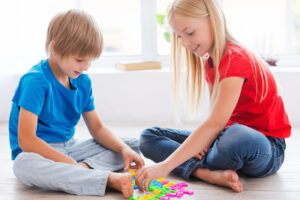
The Benefits of Sign Language for Babies and Toddlers’
In recent years, there has been a growing trend of teaching babies and toddlers’ sign language. Some may wonder, will the use of sign language hinder my child’s speech development?
First, it is important to understand the difference between speech and language. Speech is the sound we use to produce words. It is the mechanics of how your lip and tongue muscles move to form words and how air flows through to create sound. Language is a system for communicating. It could be voice sounds, gestures, or written symbols.
Research has shown that the use of sign language in babies does not interfere with speech development. Using sign language can actually help to facilitate and encourage language development. In other words, it provides children with earlier access to language. As well as, is shown to have several advantages in the growth and development of verbal and non-verbal language skills.
1. Increased vocabulary
2. Elimination of temper tantrums caused by frustration
3. Increased social skills
4. Comprehension of language
5. Improvement of IQ
There are various populations who have benefitted from early introductions to sign language. Including children with speech delays, Down syndrome, autism, and apraxia that experience expressive language. It allows the child the opportunity to show their comprehension of language. By providing a meaningful, nonverbal way to communicate.
To sum up, sign language serves as a visual stimulation of speech and language development. It helps to reduce negative social behaviors, increase social interactions, and develop cognitive structures. With early introduction, sign language provides emotional, social, and academic support for language development.



